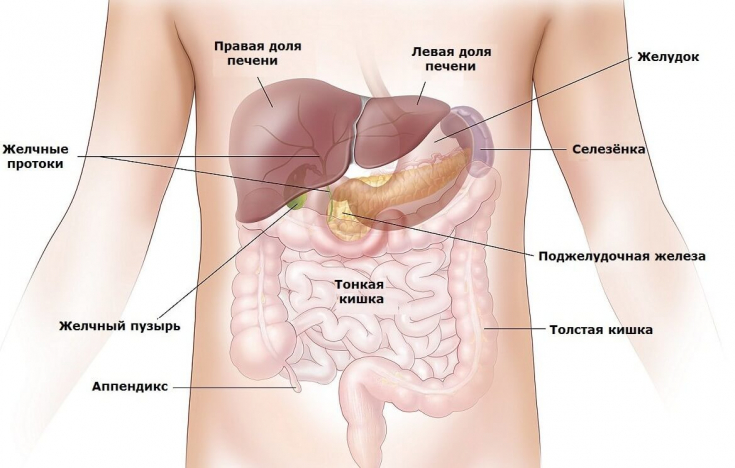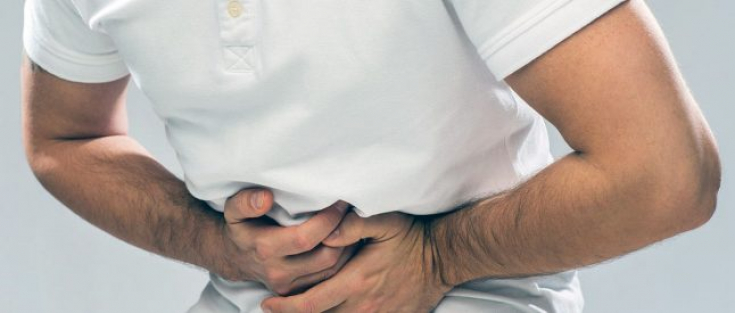Have you ever experienced stomach pain after a hearty dinner, for example? In the modern world, all people have open access to many sources of information, and with the help of the Internet, they probably know where it hurts if the appendix inflames.
But here's how it hurts and why it hurts – not everyone knows. When such pain occurs, a person calls an ambulance and thinks with fear whether appendicitis is the cause of these pain sensations. In fact, you can find out the answer to this question even before the ambulance arrives.
There are certain symptoms of appendicitis that a doctor checks for before a person is admitted to the hospital. How to independently check the symptoms of appendicitis knows estet-portal.com.
Characteristic symptoms of appendicitis: how to check them
Acute appendicitis is the second most common reason for hospitalization of patients in the surgical department. Almost 12% of the population of economically developed countries had their appendix removed due to the occurrence of this disease. Most often, appendicitis occurs in young people from 15 to 19 years old, and with age, the risk of developing appendicitis decreases significantly.
Subscribe to our page on Facebook!
The appendix is normally located in the right iliac region, and is a kind of organ of the immune system. In the walls of the appendix there is lymphoid tissue, the cells of which have the ability to neutralize harmful bacteria. The result of such protection of the body can be inflammation of the appendix. With the help of the symptoms of appendicitis, you can check whether you really have this disease.

Symptoms of appendicitis:
- sequence of occurrence of characteristic symptoms of appendicitis;
- tension of the muscles of the abdominal wall – important symptom of appendicitis;
- Painful symptoms of appendicitis: how to check them.
Sequence of occurrence of characteristic symptoms of appendicitis
The clinical picture of acute appendicitis can be very variable and mimic the characteristic symptoms of other diseases of the abdominal cavity. If you really have appendicitis – his symptoms will occur in a certain sequence:
- first of all, pain occurs in the stomach or around the navel;
- over time, feeling of nausea and vomiting will join;
- there are characteristic local symptoms of appendicitis that you can check for yourself;
- later there is an increase in body temperature to subfebrile values;
- Last of all, characteristic changes in the blood test appear: an increase in the level of leukocytes, an increase in ESR.
Tension of the muscles of the abdominal wall – important symptom of appendicitis
One of the most important local symptoms of appendicitis is muscle tension in the abdominal wall. This symptom occurs reflexively as a result of irritation by the inflammatory process of the parietal peritoneum – a thin membrane covering the intestinal loops from above. You can detect this symptom simply by running your hand over your stomach, and feeling the tense muscles of the abdominal wall under your fingers.

The degree of tension can vary from slight tension to a hard, "board-like" belly. The location of this tension corresponds to the localization of the inflammatory process. If the tension extends over a wider area of – this may be a sign of a ruptured appendix and the development of a dangerous condition such as peritonitis.
Painful symptoms of appendicitis: how to check them
How can I still check the symptoms of appendicitis?
Pain symptoms – these are the most important and characteristic signs that indicate the development of acute appendicitis.
You can check them like this:
- Voskresensky's symptom: when sliding a hand through thin clothes along the stomach from the stomach to the lower abdomen, pain occurs in the right iliac region;
- Shchetkin-Blumberg symptom: with the fingers of one hand folded together, they slowly and deeply press on the wall of the abdomen in the right iliac region, then the hand is sharply taken away – after that there is a sharp pain in the right abdomen;
- Rovsing's symptom: both hands are symmetrically located in the right and left iliac region, after which the left hand is jerkily pressed on the abdominal wall, resulting in a sharp pain on the right;
- Obraztsov's symptom: when pressing the hand on the abdominal wall in the right iliac region and parallel bending of the right leg straightened at the knee joint, a sharp pain occurs in the area of the appendix.
Watch useful videos on our YouTube channel:








Add a comment